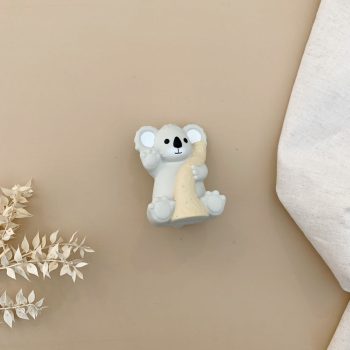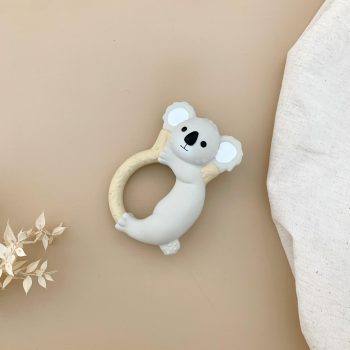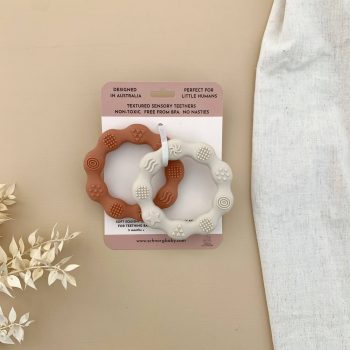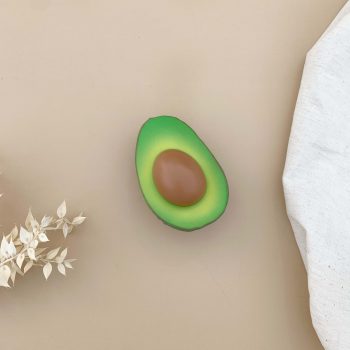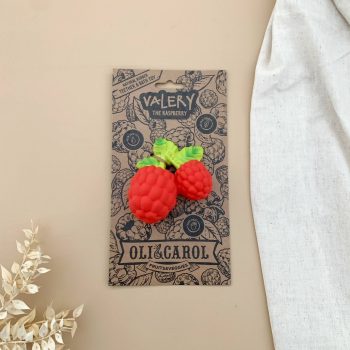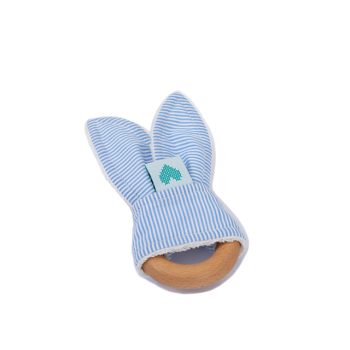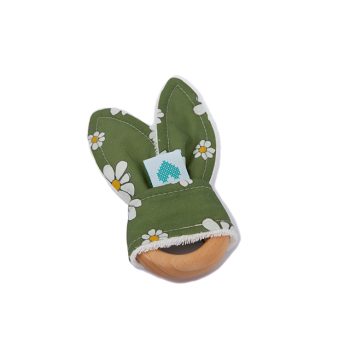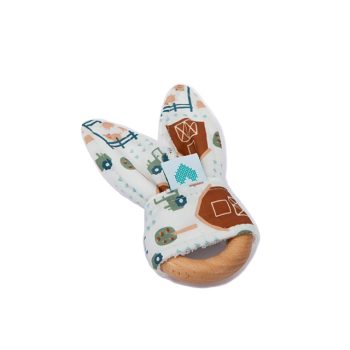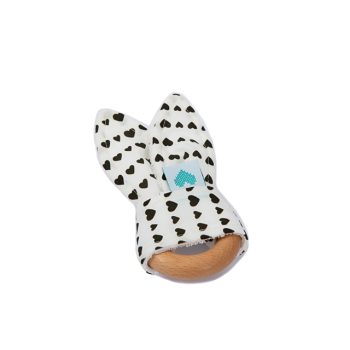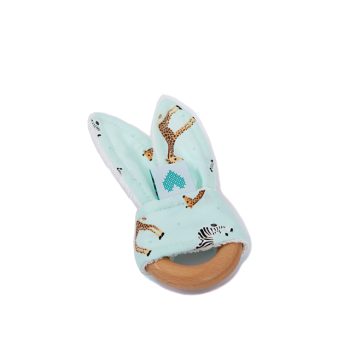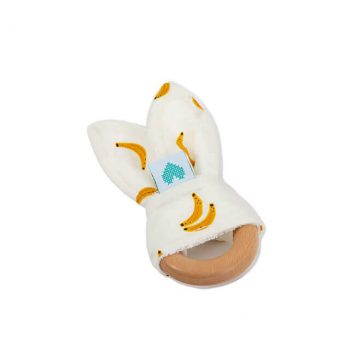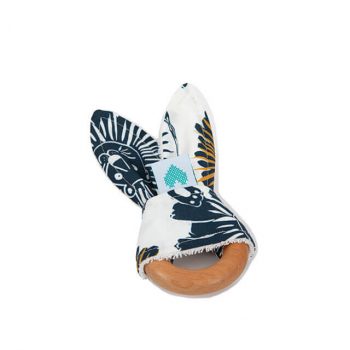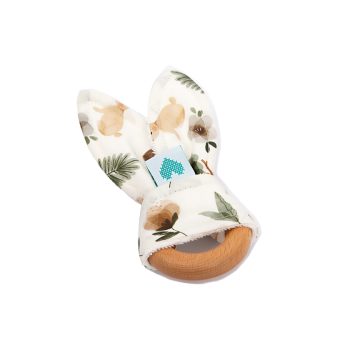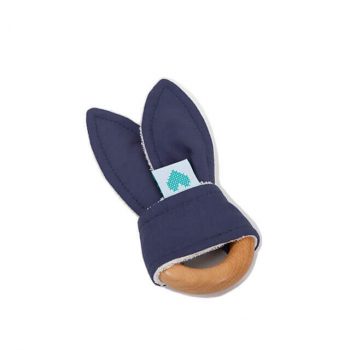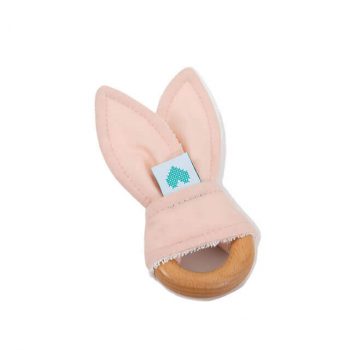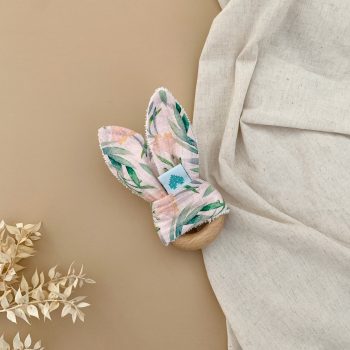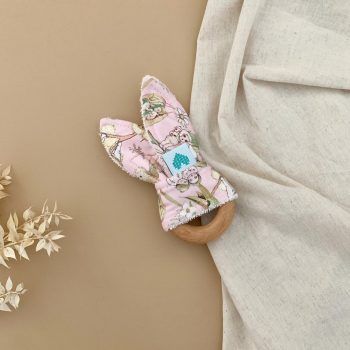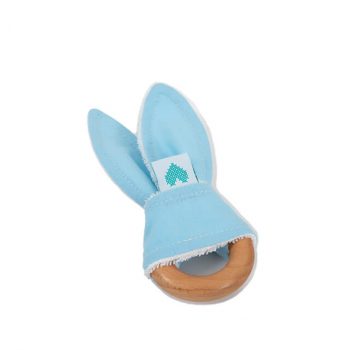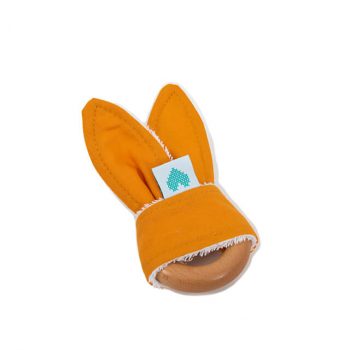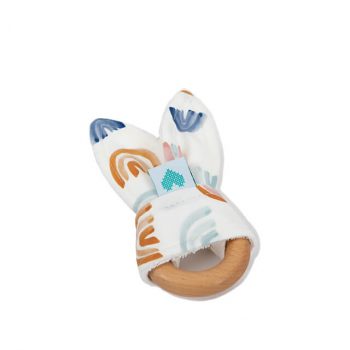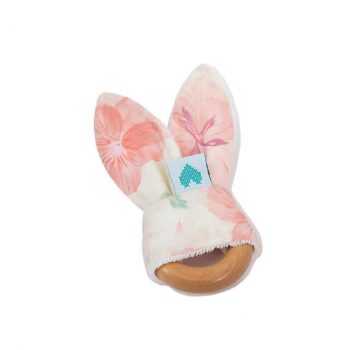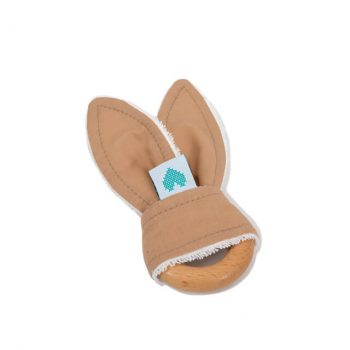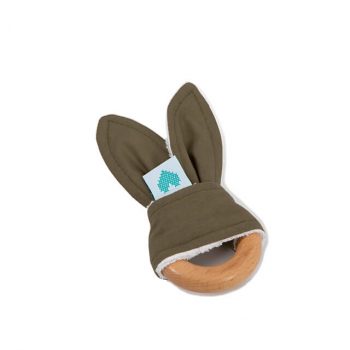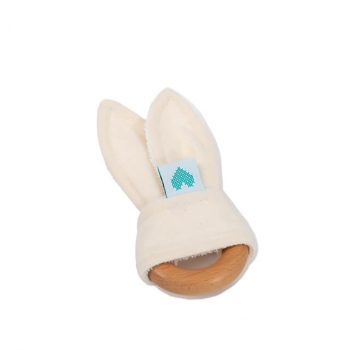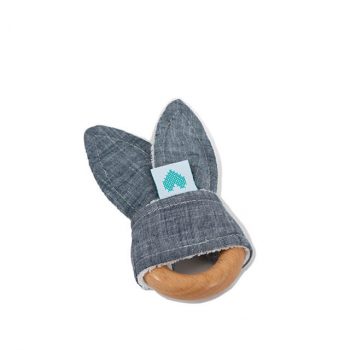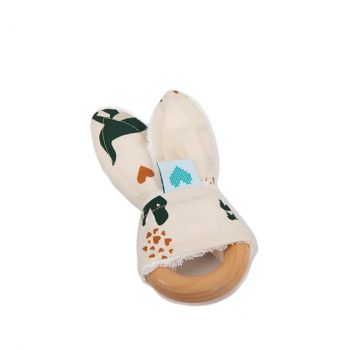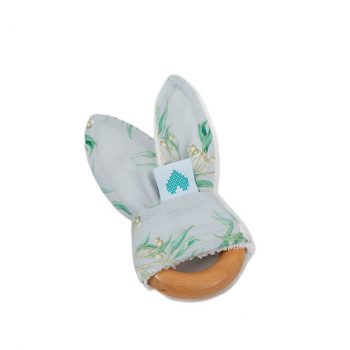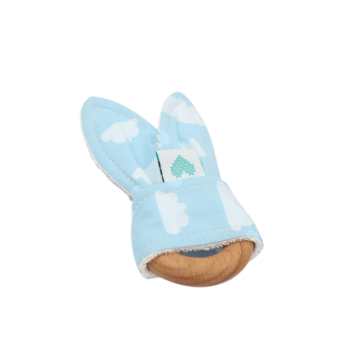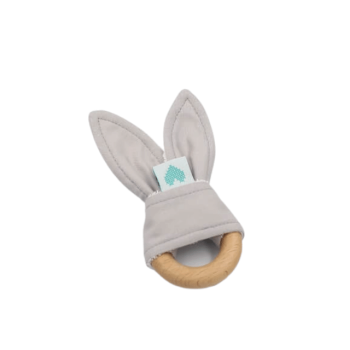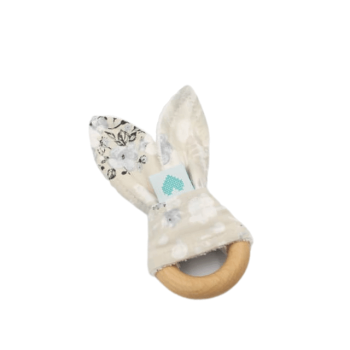Teething Toys
The teethers are one of our most popular products. They are stylish, eco-friendly and practical.
Teething Ring Safety
Safety is paramount when it comes to babies. In Australia, teethers are required to be independently tested to meet Australian Standards AS/NZS ISO 8124.1:2019. And our bunny teether has been tested and approved to this standard.
Handmade in Australia
These are made in Australia at our shop in Perth. The ring has been brought from a local company in Australia while the bunny ears have been sewn by us. We then assemble this onsite and check for any imperfections. Making sure you receive a quality product.
Eco-friendly
All the materials we use in the bunny teether are eco-friendly and natural. The ring is a 65mm hard wood that is coated with a handmade certified organic beeswax blend. The bunny ear’s front is made from cotton material. While the backing is a cotton bamboo mix. All of these materials are sustainable and eco-friendly.
Unisex, boys and girls prints
We have a selection of unisex, boys and girl’s designs. The boys’ prints include clouds, dinosaurs, space, and lions. While the girls’ fabrics are blossoms, botanical, floral gumnuts, butterflies, snugglepot and floral dream. The unisex designs include the koala, rainbow, bananas, and leafs. We also have a selection of plain and solid earthy colours.
Ideal for a baby gift
The bunny teethers make for an ideal baby shower or newborn present. As they have the bunny ear shape they would also make a great Easter or year of the rabbit gift.
If you have any questions about the bunny teething ring or any of our teething toys please feel free to contact us.

